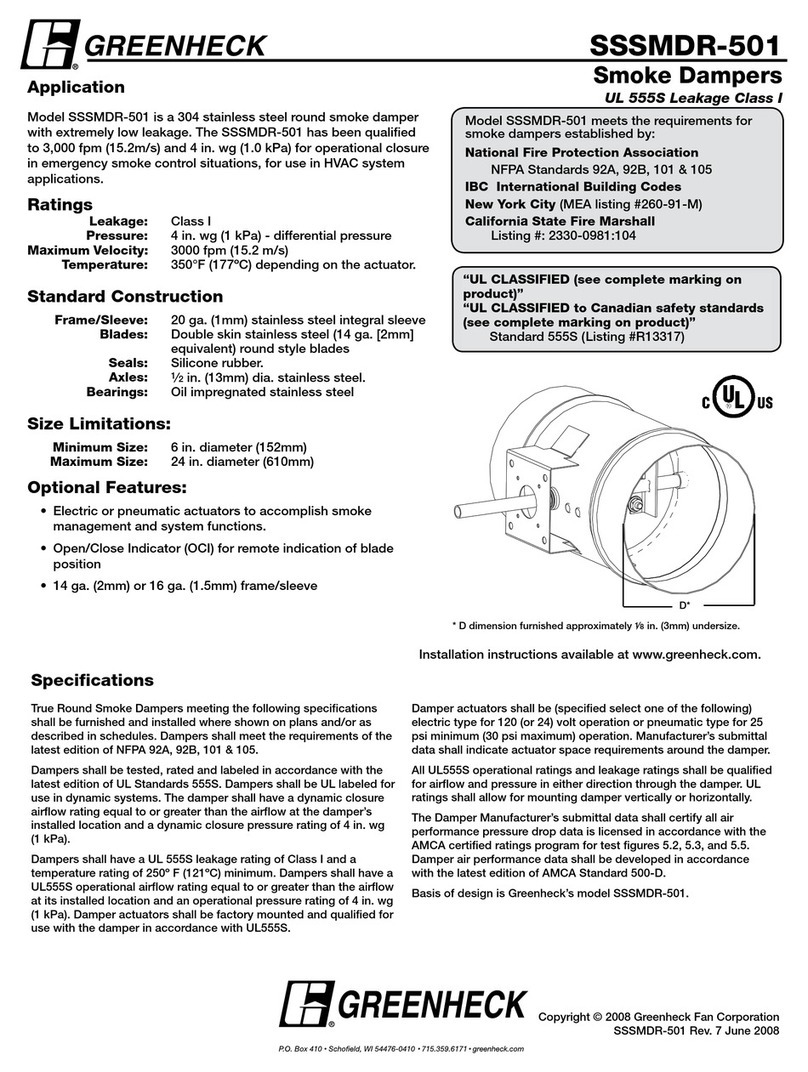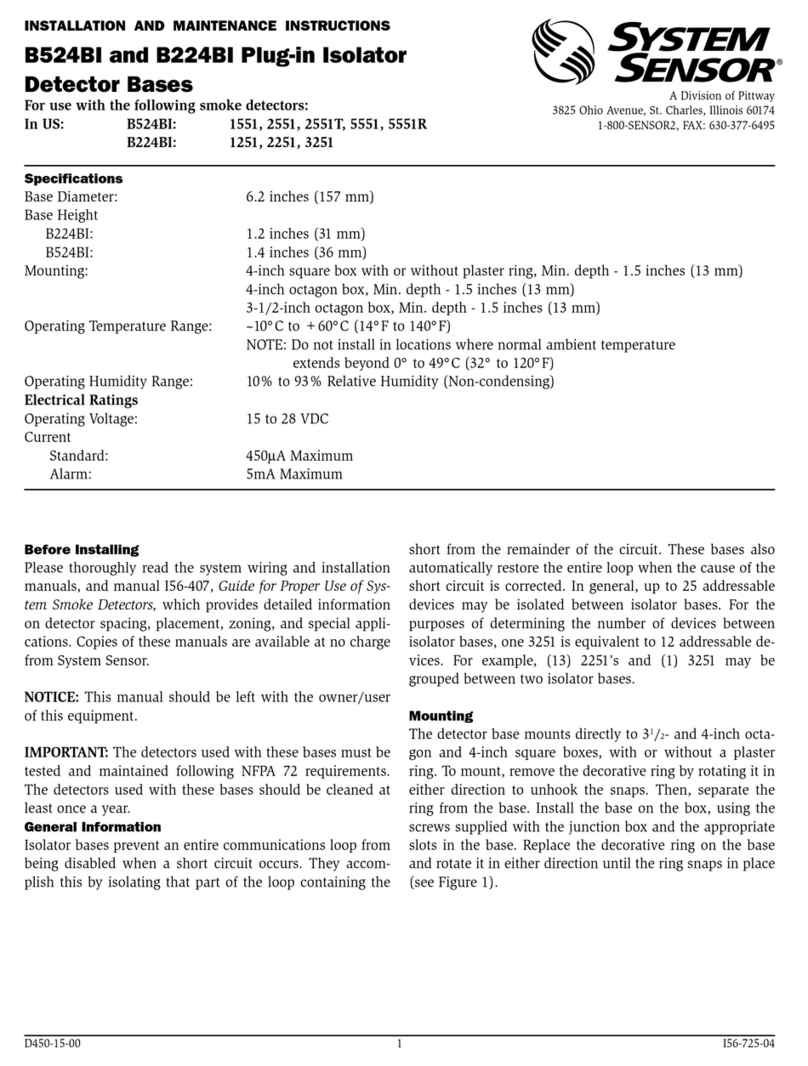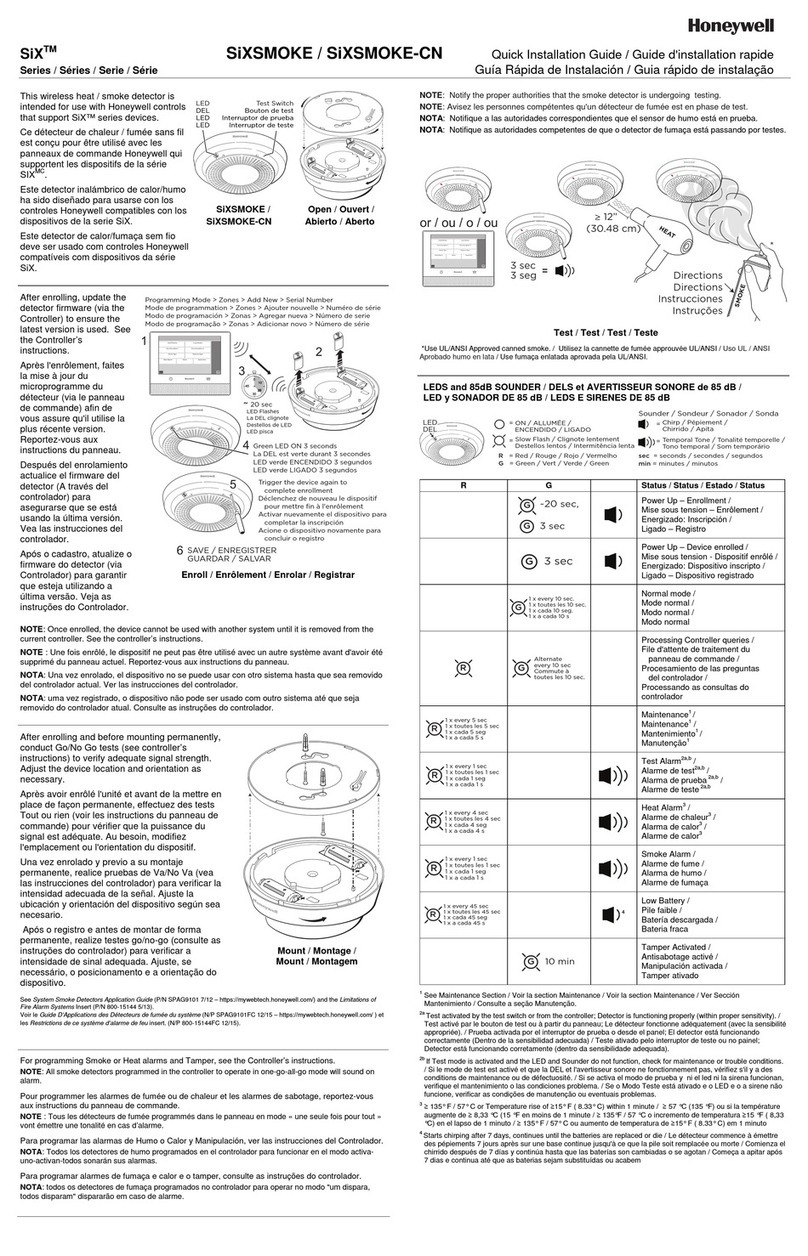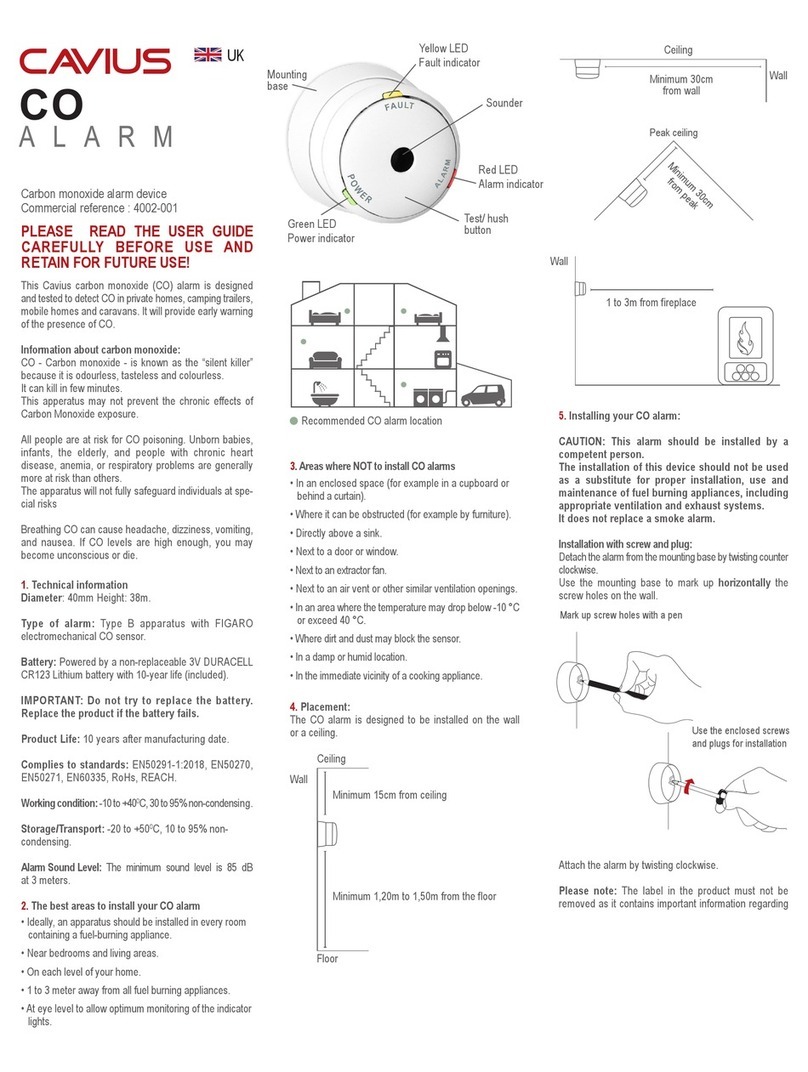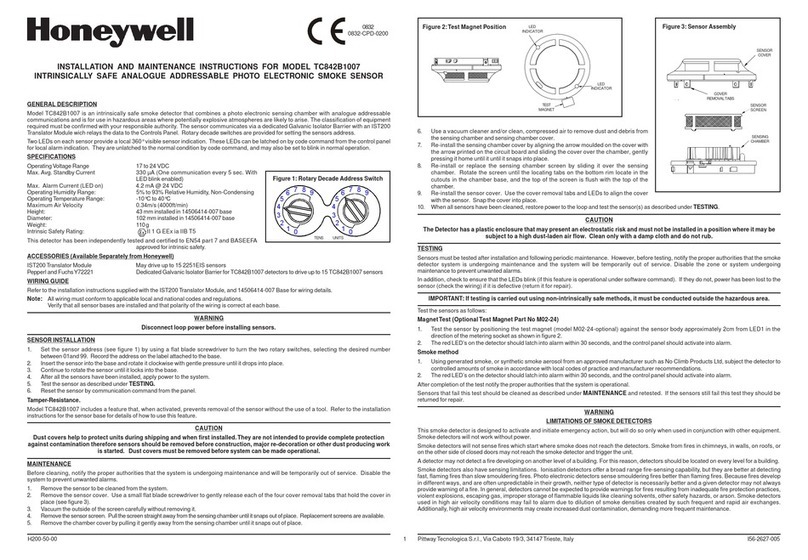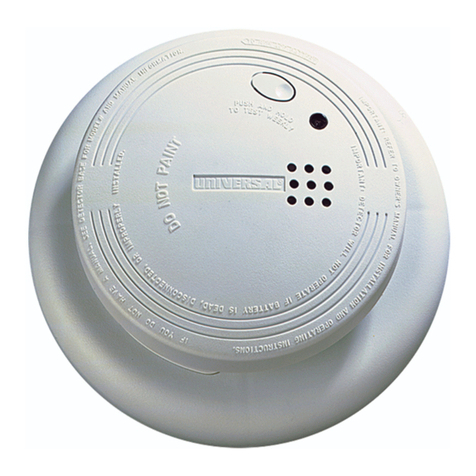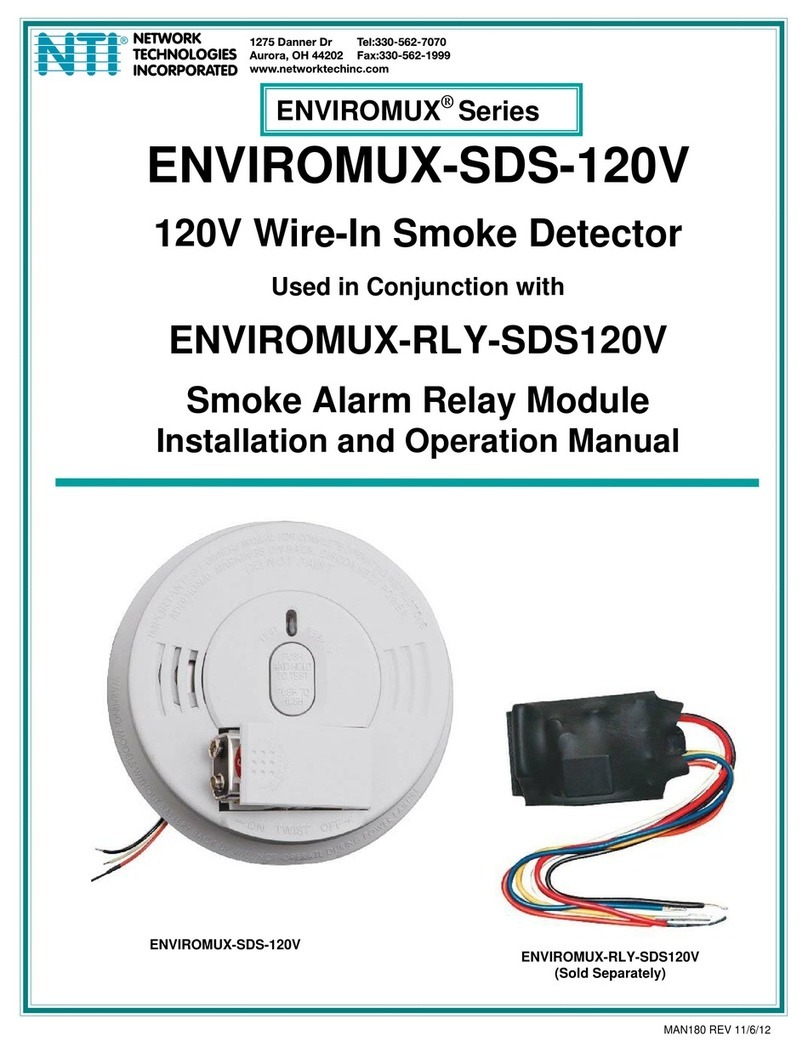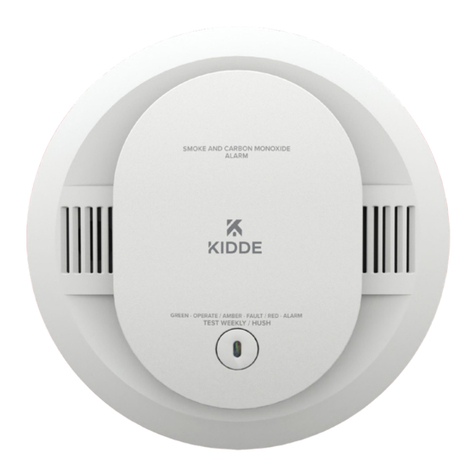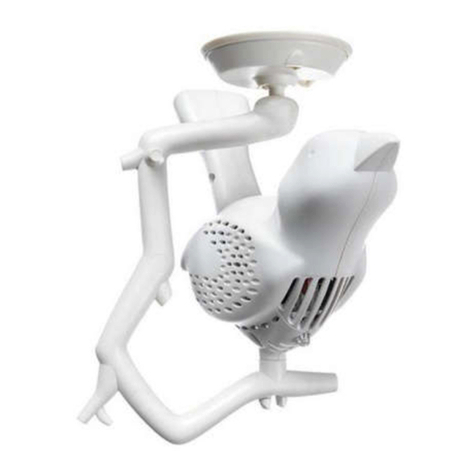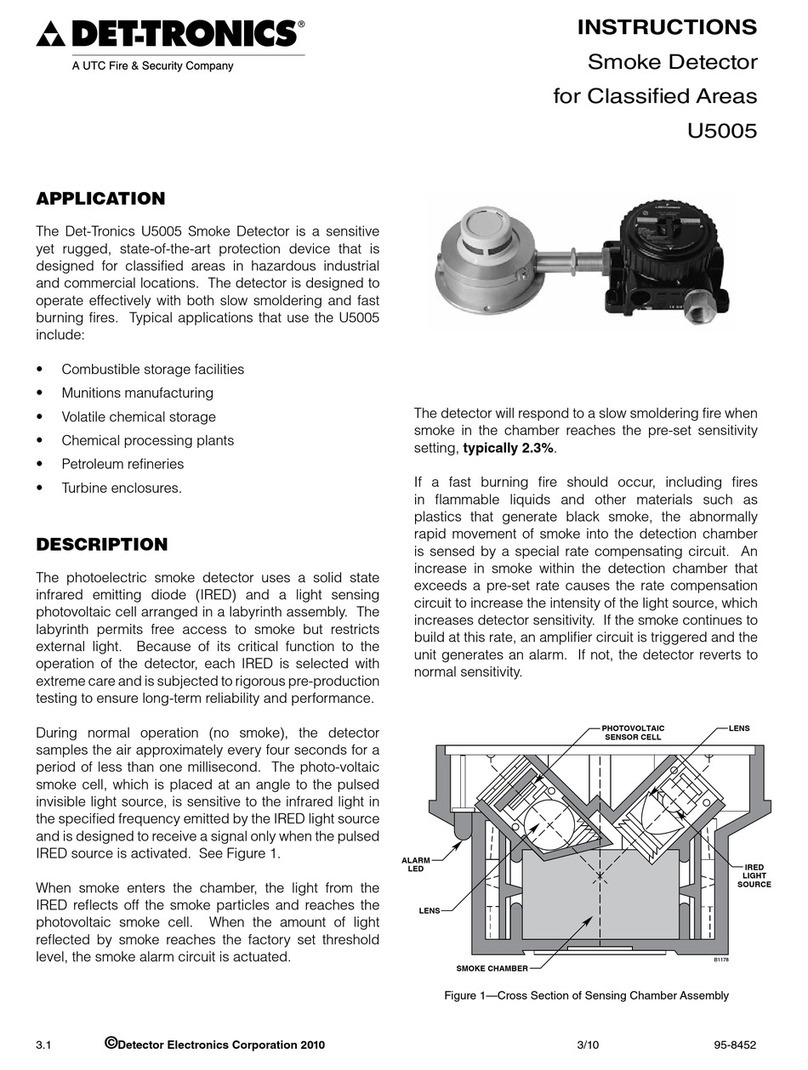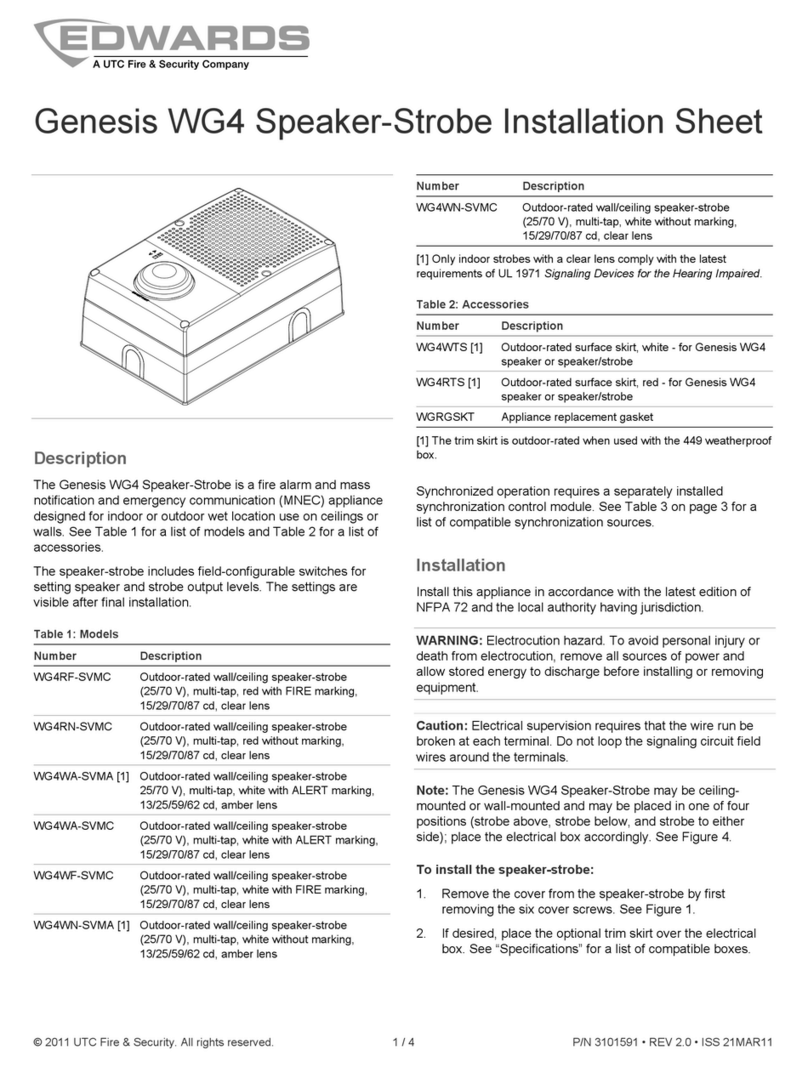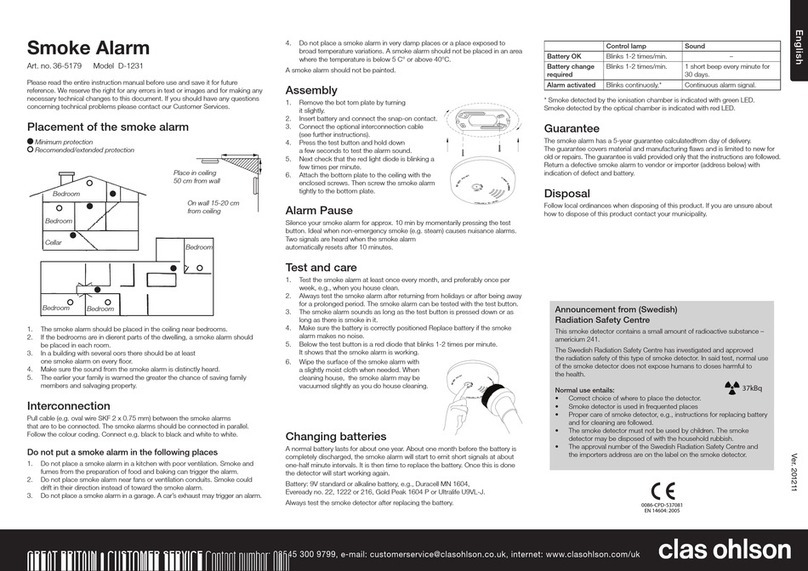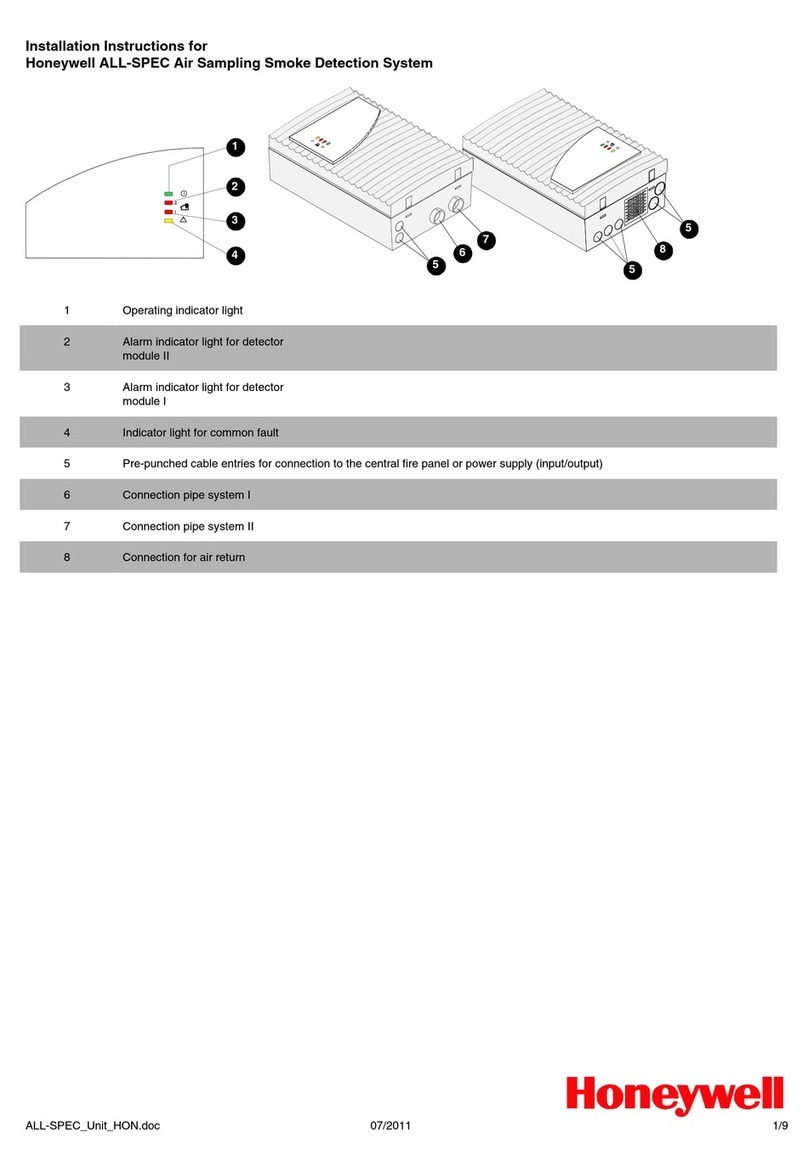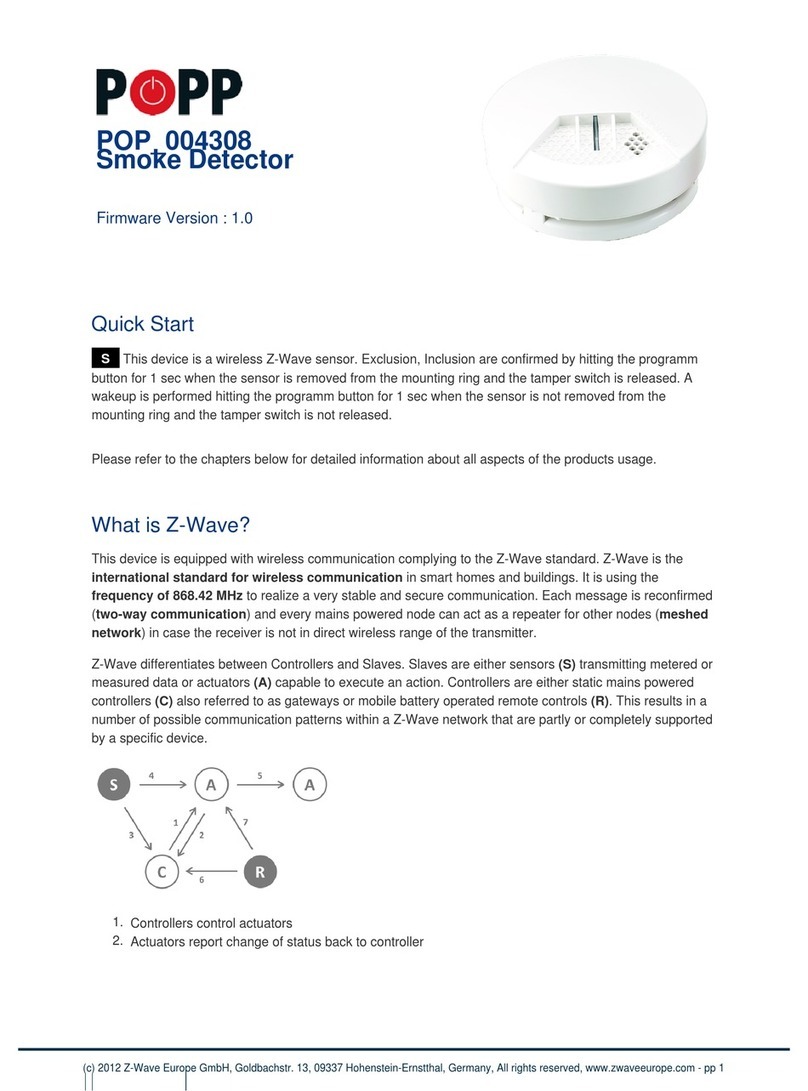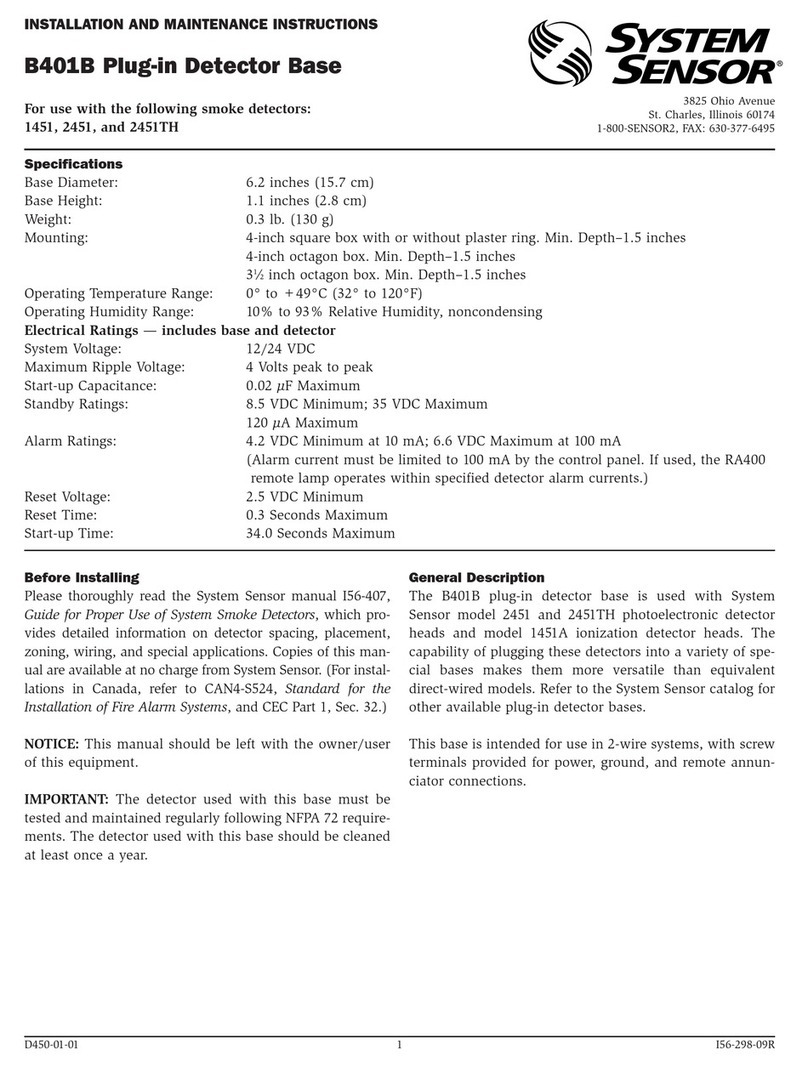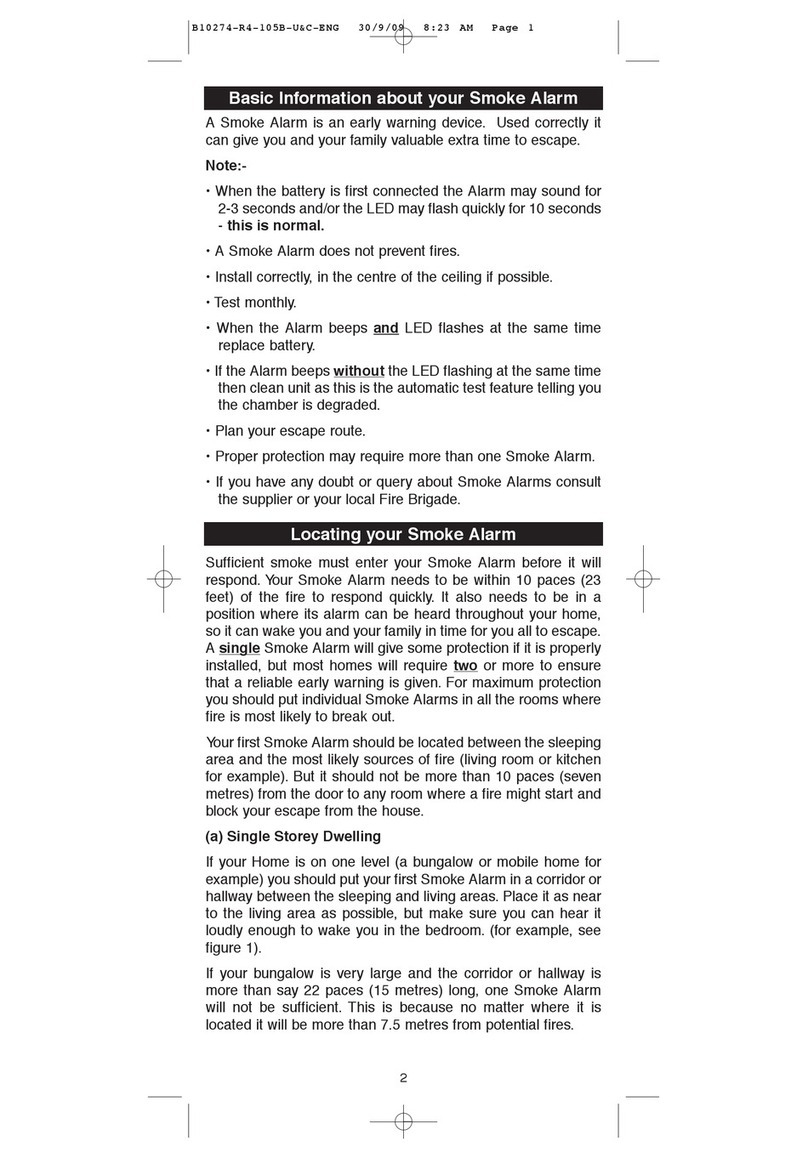
This page in en ionally lef blank
One Year Remote and Ten Year Smo e Alarm
Limited Warranties
f after reviewing this manual you feel that your alarm or remote is defective in any way, do
not tamper with the unit. n many cases, the quickest way to exchange your alarm is to
return it to the original place of purchase. Alternatively, you may return it for servicing to
Kidde. f you have questions, call Kidde Customer Service at 1-800-880-6788.
Kidde warrants that the enclosed alarm (but not the batteries) will be free from defects in
material and workmanship or design under normal use and service for a period of ten years
from the date of purchase. The remote is warranted to be free from defects in material and
workmanship or design under normal use and service for a period of one year from the date
of purchase. The obligation of Kidde under this warranty is limited to repairing or replacing
the alarm/remote or any part which we find to be defective in material, workmanship or
design, free of charge, upon sending the alarm with proof of date of purchase, postage and
return postage prepaid, to: Kidde Canada nc., P.O. Box 40, Apsley, ON K0L 1A0.
This warranty shall not apply to the alarm or remote if it has been damaged, modified,
abused or altered after the date of purchase or if it fails to operate due to improper
maintenance or inadequate battery power. Any implied warranties arising out of this sale,
including but not limited to the implied warranties of description, merchantability and fitness
for a particular purpose, are limited in duration to the above warranty period. n no event
shall the manufacturer be liable for loss of use of this product or for any indirect, special,
incidental or consequential damages, or costs, or expenses incurred by the consumer or any
other user of this product, whether due to a breach of contract, negligence, strict liability in
tort or otherwise. The manufacturer shall have no liability for any personal injury, property
damage or any special, incidental, contingent or consequential damage of any kind resulting
from gas leakage, fire or explosion.
Since some provinces do not allow limitations of the duration of an implied warranty or do
not allow the exclusion or limitation of incidental or consequential damages, the above
limitations or exclusions may not apply to you. While this warranty gives you specific legal
rights, you may also have other rights which vary from province to province. The above
warranty may not be altered except in writing signed by both parties hereto.
IMPORTA T: Do not remove unit back cover. Back cover removal will void warranty.
Your Kidde Smoke Alarm is not a substitute for property, disability, life or other insurance of
any kind. Appropriate insurance coverage is your responsibility. Consult your insurance agent.
Kidde Canada nc., P.O. Box 40, Aspley, ON K0L1A0
QUESTIONS OR FOR MORE INFORMATION
Call our Consumer Hotline at 1-800-880-6788 or contact
us at our website at www.kiddecanada.com
12. Service and Warranty


















